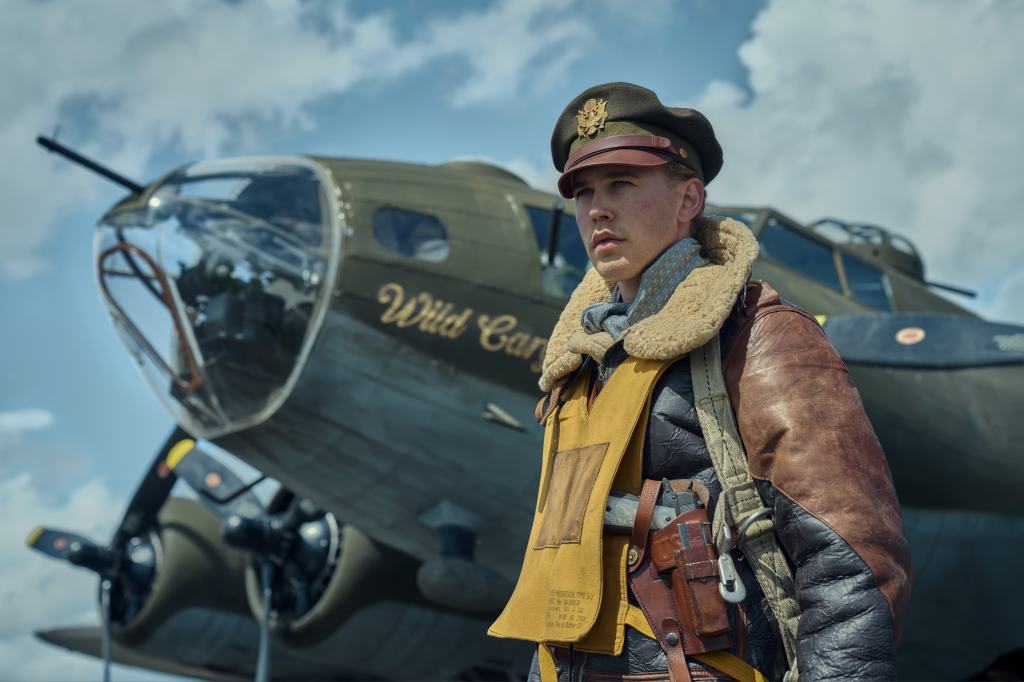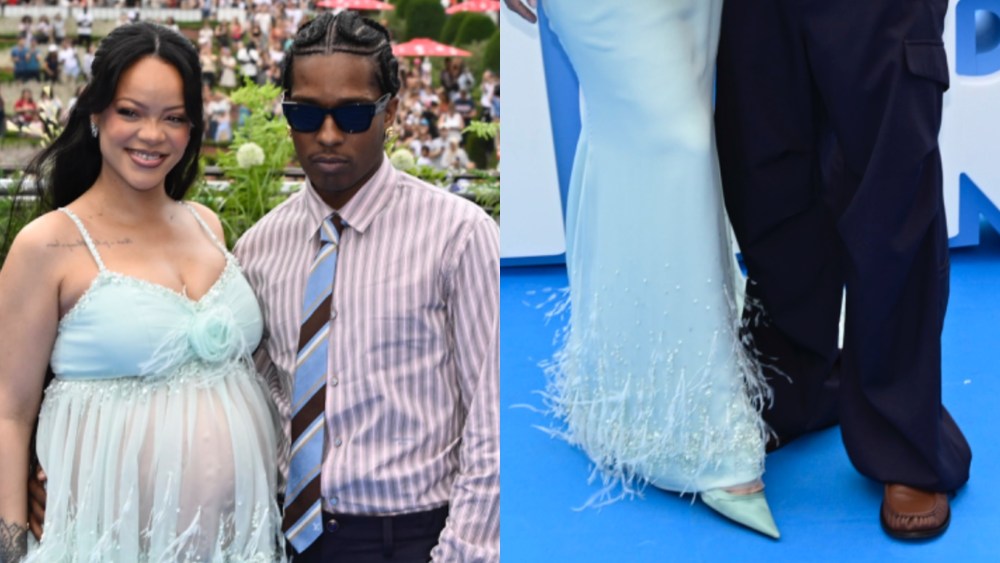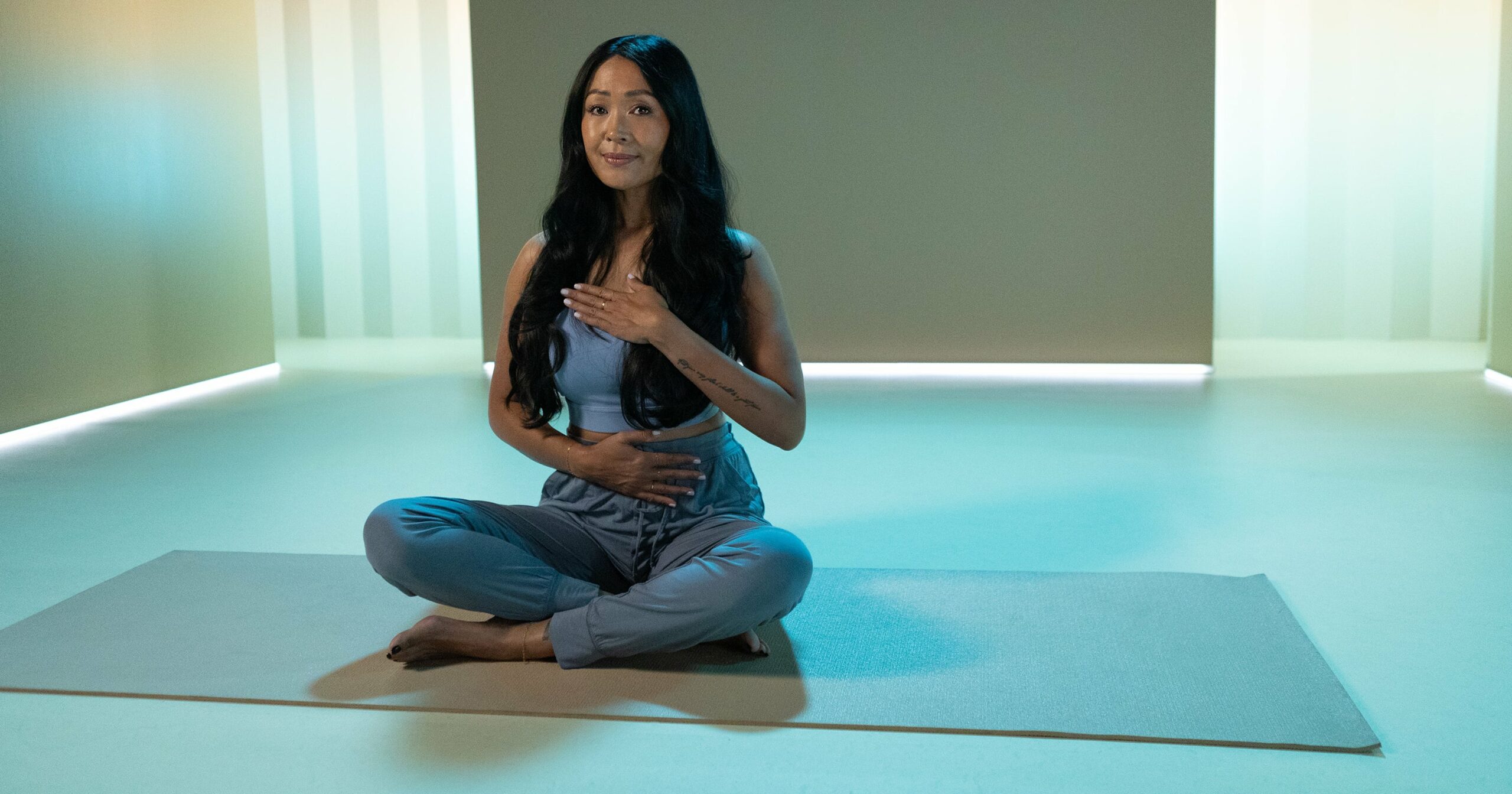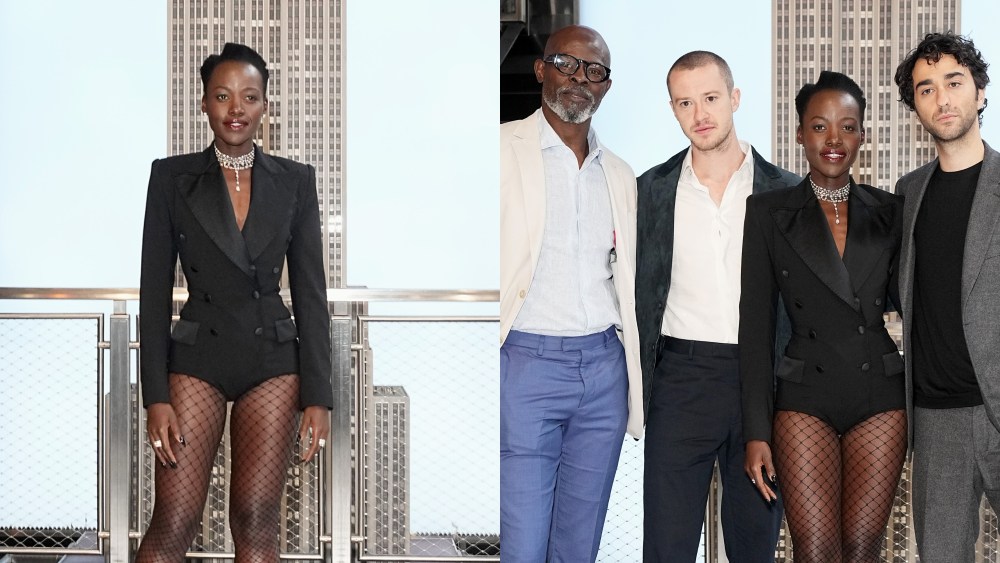Costume designer Colleen Atwood had a meticulous approach to her designs for Apple TV+’s new series, “Masters of the Air,” striving for historical accuracy to pay homage to the real-life pilots portrayed in the show.
The nine-episode drama tells the story of the World War II pilots part of the 100th Bomb Group, who performed bombing raids over Nazi Germany. The series stars the likes of Austin Butler, Callum Turner, Barry Keoghan, Anthony Boyle, Nate Mann, Ncuti Gatwa and many others.
Atwood said the design process started nine months prior to filming, first with an extensive research process that included looking over photos of the real-life pilots during the war.
“I had really good references for each of the main characters, which was really rare and incredible,” she said. “Luckily these guys had the best looking uniforms ever — like really great and beautifully made uniforms and details — but it didn’t exist in the world. The A4 [flight jackets], which are the simple leather jackets, are out there in reproduction land and they’re still popular, but the big jackets with the shearling inside — which was the symbol of the 100th — weren’t out there.”
Atwood’s design process was then twofold — she sourced some real aviation jackets and uniforms to use as inspiration and worked with U.K.-based clothing company Eastman Leather, which specializes in reproducing authentic WWII flight jackets and accessories. Overall, Atwood stated her team recreated roughly 250 leather jackets and manufactured 400 to 500 uniforms.
The costume designer explained that she stuck with the original uniforms even when she took her own creative liberties. She highlighted one example as a WWII original flight jacket she sourced from the Midwest, which had a collar she liked better than the ones she saw in the photos of the 100th Bomb Group pilots. She ultimately worked with Eastman Leather to utilize that collar for the characters’ uniforms.
“I adapted things, but I always based it on an original [design] that I found,” she said. “I really wanted it to be as authentic as possible.”

While the characters were seen mostly in the same uniforms, Atwood highlighted their main distinctions were through their accessories or a signature piece.
Butler’s character Major Gale Cleven, for instance, was regularly seen wearing a printed scarf under his leather jacket. Turner’s Major John Egan’s signature piece was his white shearling jacket, which Atwood said took months to manufacture. She also highlighted the pilots’ watches — many of which she was able to find authentic versions of — that were historically worn on the inside of their wrists when flying.
“Cleven’s ‘joie de vivre’ with his scarf and the way he wore his clothes was really unique,” Atwood said. “Egan totally embracing the weird white jacket that no one else wore, and Callum [Turner’s] style in wearing it was a fun aspect of the series for me.”
Atwood also highlighted the Tuskegee pilots that are introduced later in the series. To pay respect to the real-life pilots the characters were based on, she stuck close to her source material when designing their uniforms, which she said were mostly designed in a khaki material and in lighter colors than the 100th Bomb Group pilots.
“All the pilots had a distinctive style,” Atwood said. “They were the cream of the crop. They were all stylish guys, but the Tuskegee guys, especially, were super stylish. When you see the reference pictures, they have the perfect sunglasses, the perfect scarf, the jacket — they knew how to dress, whether it’s a uniform or on the street. [Their style] had a certain flair.”
Given the serious subject matter of the series, Atwood believes the costumes aid to the show’s authenticity and helped the actors connect with their characters.
“What [the costumes] added to the series was a layer of authenticity and sort of reality that it needs,” she said. “The biggest thing that it added to the series is that the actors were able to feel in the part when they were in the uniform. They really became that person, whether they were in a concentration camp or in an airplane flying. It’s a really important part of something like this for the actors to feel like they’re in a different time period and they’re in a different sort of world than the world of our casual dressing today.”



